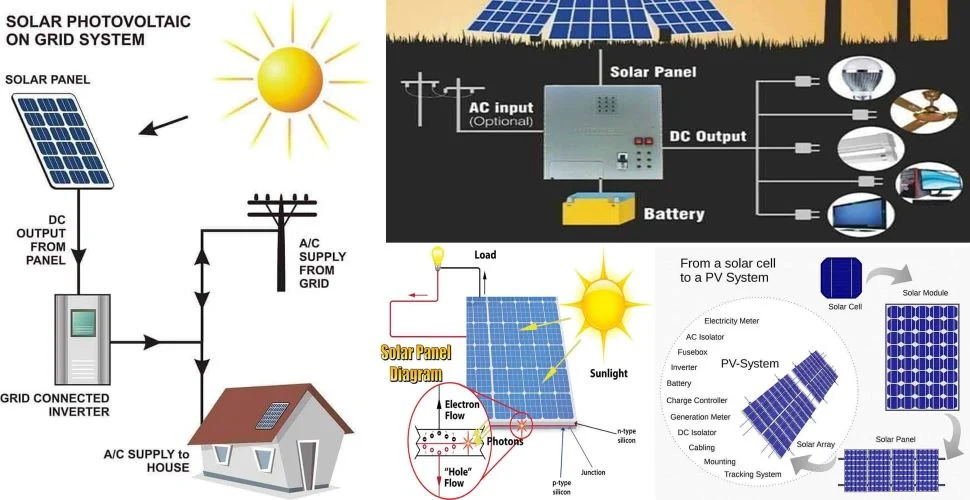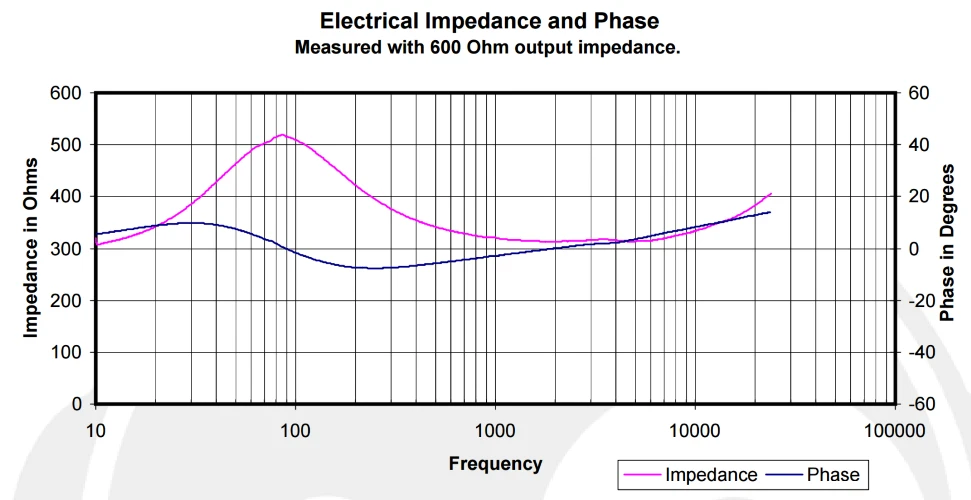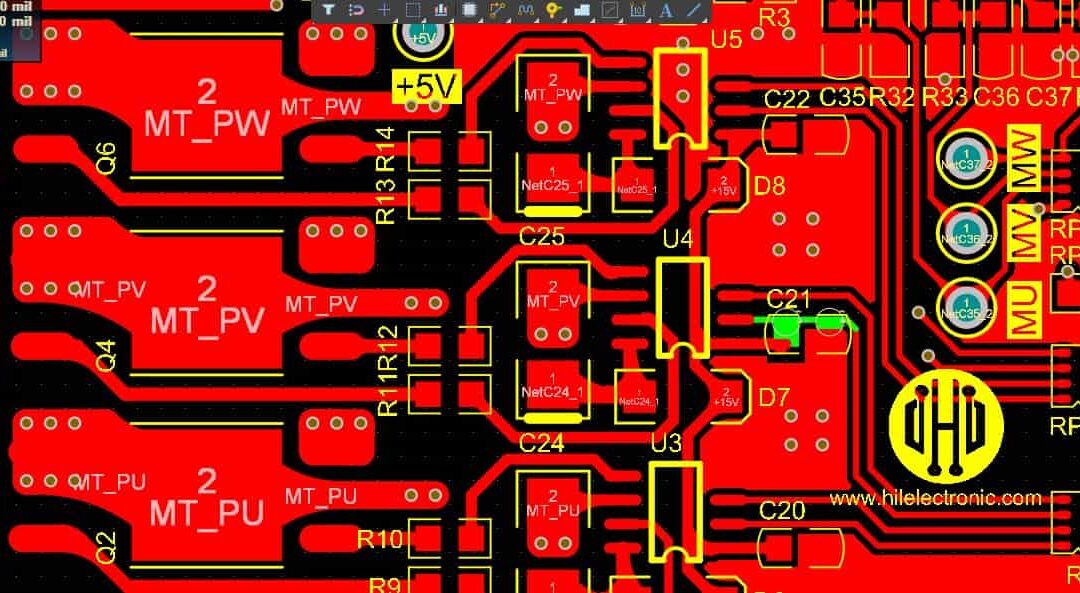Back to blog
PCB IPC Class 2 VS Class 3 Standards

This article aims to decode the differences between PCB IPC Class 2 vs Class 3 standards, providing a clear understanding of their specifications, applications, and how to choose the right class for your PCB needs. By exploring each class’s unique aspects, we will shed light on their respective roles in advancing the quality and reliability of PCB technology.
IPC Class 2 Standards
What is IPC Class 2 Standards
IPC Class 2 standards represent the requirements for dedicated service electronic products. These products include communication devices, computers, and general electronic products where high performance and extended life are desired but not critical. Class 2 standards are often applied in consumer electronics where cost-effectiveness is a key consideration.
IPC Class 2 Standards Applications
Class 2 standards are commonly used in the production of consumer-grade electronics like home appliances, automotive infotainment systems, and non-critical computer peripherals. These applications require reliable performance under normal operating environments but do not face extreme conditions or the need for uninterrupted service.
IPC Class 2 Standards Requirements
Under Class 2 standards, the focus is on achieving good quality and reliability for the PCBs. The criteria allow for more leniency in terms of manufacturing imperfections as long as they do not significantly affect the product’s performance. For instance, minor variances in trace widths, spacing, or annular rings are acceptable, provided they do not compromise the functionality of the PCB.
Cost-Effectiveness
One of the significant advantages of IPC Class 2 standards is their cost-effectiveness. The less stringent requirements compared to Class 3 allow for a more streamlined manufacturing process, resulting in lower production costs. This makes Class 2 PCBs a popular choice for mass-produced electronic products where the balance between quality and cost is essential.
IPC Class 3 Standards
What is IPC Class 3 Standards
IPC Class 3 standards represent the highest level of quality and reliability for PCBs. They are designated for high-performance electronic products that require uninterrupted service and extended life. The standards are stringent, with a focus on ensuring the reliability and functionality of PCBs under extreme conditions.
IPC Class 3 Standards Applications
These standards are typically applied in critical systems where failure is not an option. Common applications include medical devices, military and aerospace electronics, and other high-reliability equipment where consistent performance and extended life are imperative. In these sectors, the cost of failure can be exceedingly high, both in terms of financial impact and human safety.
IPC Class 3 Standards Requirements
Class 3 standards demand more precise manufacturing controls and tighter tolerances. They require rigorous inspection and testing to ensure that each aspect of the PCB adheres to the highest quality. For instance, there is less allowance for variations in aspects like solder joints, hole wall quality, and component alignment compared to Class 2.
Despite the higher initial costs, Class 3 PCBs can be more cost-effective in the long run for critical applications. The reliability and durability they offer reduce the need for frequent replacements or repairs, which can be costly and risky in critical systems.
Quality vs. Cost
While IPC Class 3 standards ensure the highest level of PCB reliability, this comes at a higher manufacturing cost. The rigorous requirements necessitate advanced manufacturing techniques, thorough testing, and higher-grade materials, all of which contribute to increased production costs.
Class 2 vs Class 3
Quality and Reliability
The primary distinction between IPC Class 2 and Class 3 standards lies in their quality and reliability levels. Class 3 standards are more stringent, demanding higher precision in manufacturing and ensuring the utmost reliability. In contrast, Class 2 standards, while still maintaining good quality, allow for greater leniency in manufacturing tolerances.
Manufacturing Complexity and Cost Implications
Class 3 PCBs require more sophisticated manufacturing processes, stricter quality control, and comprehensive testing, which translates to higher production costs. Class 2 PCBs, being less stringent, are generally more cost-effective to produce, making them suitable for mass-market electronics where price sensitivity is a significant factor.
Application Suitability
The choice between Class 2 and Class 3 depends heavily on the application. Class 3 is preferred for critical systems, such as life-saving medical devices or military equipment, where failure can have dire consequences. Class 2 is typically sufficient for general consumer electronics, where occasional failures are less critical.
Durability and Long-Term Performance
Class 3 PCBs are designed to last longer and perform reliably under extreme conditions, making them ideal for high-reliability sectors. Class 2 PCBs, while reliable, may not possess the same level of durability and long-term performance, especially under harsh conditions.
Decision-Making for Manufacturers and Designers
Manufacturers and designers must weigh the requirements of the end application against the cost implications. For high-reliability needs, the investment in Class 3 standards is justified, but for less critical applications, Class 2 provides a balance of quality and cost-efficiency.
Choosing the Right Class for Your Needs
Assessing the Application Requirements
The nature of the final product’s application is the most critical factor. For electronics in life-critical systems, military, aerospace, or high-end medical devices where failure is not an option, Class 3 is the clear choice. For consumer electronics, home appliances, or less critical commercial products, Class 2 usually suffices.
Understanding the Cost Implications
Budget constraints cannot be overlooked. Class 3 manufacturing is more expensive due to its stringent quality requirements. If the budget is a major concern and the application does not demand extreme reliability, Class 2 might be the more economical choice.
Considering the Operating Environment
The environment in which the PCB will operate is another vital consideration. For harsh environments with extreme temperatures, vibrations, or moisture, Class 3 provides the necessary robustness. In contrast, for controlled environments with lesser demands, Class 2 is adequate.
Evaluating Long-Term Reliability and Maintenance
Think about the long-term implications. While Class 3 PCBs might be more expensive upfront, they could be more cost-effective in the long run due to their durability and lower maintenance needs. For products with shorter life spans or where regular upgrades are anticipated, Class 2 might be more appropriate.
Compliance with Industry Standards
Certain industries have specific requirements or standards that might necessitate the use of Class 3 PCBs. It’s important to be aware of these industry-specific regulations when making your decision.
PCB & PCBA quick quote
Related Articles

Photovoltaic Controllers: Key Components and Features
Schematic diagram of Solar control system-Photovoltaic controllerWhat is a Photovoltaic controller? A Photovoltaic controller is one of the core components in a photovoltaic power generation system. Its primary function is to manage and control the electrical energy...

What is Electrical Impedance and its role in PCB
Electrical lmpedance and PhaseMeasured with 600 Ohm output impedanceElectrical impedance is fundamental in the behavior of electrical devices and circuits, playing a crucial role in physics and electrical engineering. Impedance represents the resistance a circuit...

PCB Meaning: Definition, Functionality, and Applications
PCB design drawingIn the digital age, the functionality and efficiency of electronic devices hinge largely on the hidden yet crucial components they comprise. Among these, Printed Circuit Boards (PCBs) are foundational, underpinning the vast landscape of modern...
Take a Quick Quote
